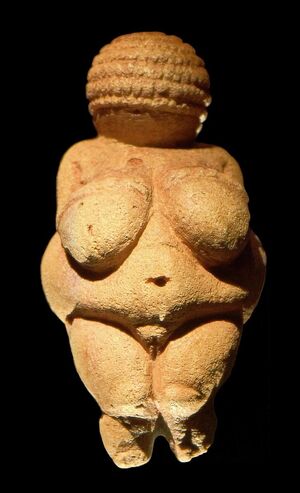No edit summary Tag: Visual edit |
Tag: Visual edit |
||
| Line 25: | Line 25: | ||
The era also generated an oral history steeped in history and culture in the bards of the Celts and the shops of the Germanic peoples. Using various pneumonic devices, audience techniques, rhyme schemes, and relying on their intensive training these oral "historians" were famed for their ability to quickly create moving and intricately rhymed poetry. The bard Aneirin is said to have composed all the many stanzas of the poem ''Y Gododdin'' before the morning after the battle of Catraeth. |
The era also generated an oral history steeped in history and culture in the bards of the Celts and the shops of the Germanic peoples. Using various pneumonic devices, audience techniques, rhyme schemes, and relying on their intensive training these oral "historians" were famed for their ability to quickly create moving and intricately rhymed poetry. The bard Aneirin is said to have composed all the many stanzas of the poem ''Y Gododdin'' before the morning after the battle of Catraeth. |
||
| − | == |
+ | ==Age of Invention== |
| + | In addition to painting, which began to take on less precise and more impressionistic features, the invention of the camera and soon thereafter moving pictures allowed for the development of entire new genres. The former would allow for a permanent pictorial record of many individuals. The latter would allow people to integrate the ancient art of theater to be recorded and watched by a wider audience than ever before. |
||
Revision as of 02:27, 4 September 2018

Venus of Willendorf
Age of Obsidian
Art began as an expression of the world around us - animals, plants, and heavenly bodies. Their participation in the cycle of life was appreciated, respected, and integrated into a person's daily life. The prehistoric people saw similarities between reproduction in nature and a woman's fertility, both taking on a religious significance. The snake was worshipped because of its immortality through transformation. The vulture was respected as a symbol of purity because it cleaned the flesh from bones to leave a person or an animal ready for regeneration in another form.
Age of Agriculture
As the matriarchal settlements and tribes were overwhelmed by patriarchal tribes and their culture, art changed fundamentally. Instead of respecting their participation in life, the world around them was seen to represent human emotions and actions. Some symbolism was forgotten altogether and became purely abstract. Others, like the snake and the vulture, came to represent evil and the most disgusting human qualities, respectively.
Age of Heroes
- Bard
- British Designs
- Hanging Bowl
- Manuscripts
- Ornamental Techniques
- Pictish Symbols
- Skop
In the post-Roman period, British art became a synthesis of old Celtic and Roman designs and symbols. The famous Celtic triquetra, the fascination with the head, the connection of water with holiness, and the Pictish symbols were variously joined with Christian icons, manuscripts, and Roman motifs to form a unique blend that can still be seen, most notably in surviving manuscripts.
The era also generated an oral history steeped in history and culture in the bards of the Celts and the shops of the Germanic peoples. Using various pneumonic devices, audience techniques, rhyme schemes, and relying on their intensive training these oral "historians" were famed for their ability to quickly create moving and intricately rhymed poetry. The bard Aneirin is said to have composed all the many stanzas of the poem Y Gododdin before the morning after the battle of Catraeth.
Age of Invention
In addition to painting, which began to take on less precise and more impressionistic features, the invention of the camera and soon thereafter moving pictures allowed for the development of entire new genres. The former would allow for a permanent pictorial record of many individuals. The latter would allow people to integrate the ancient art of theater to be recorded and watched by a wider audience than ever before.